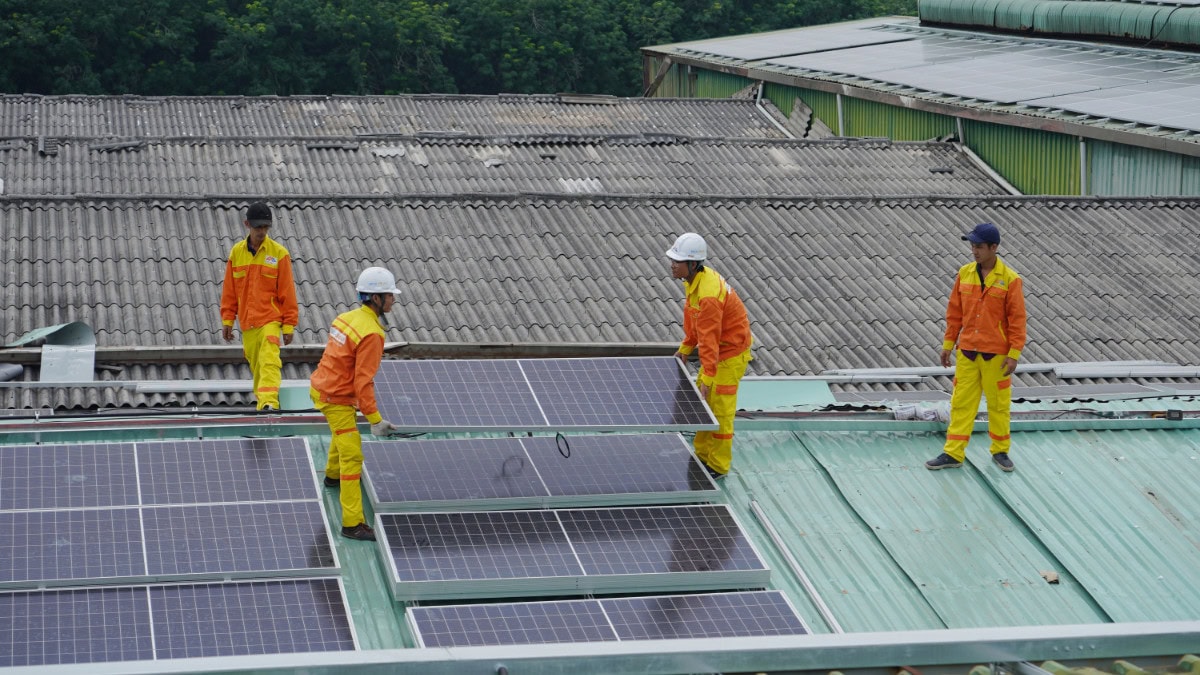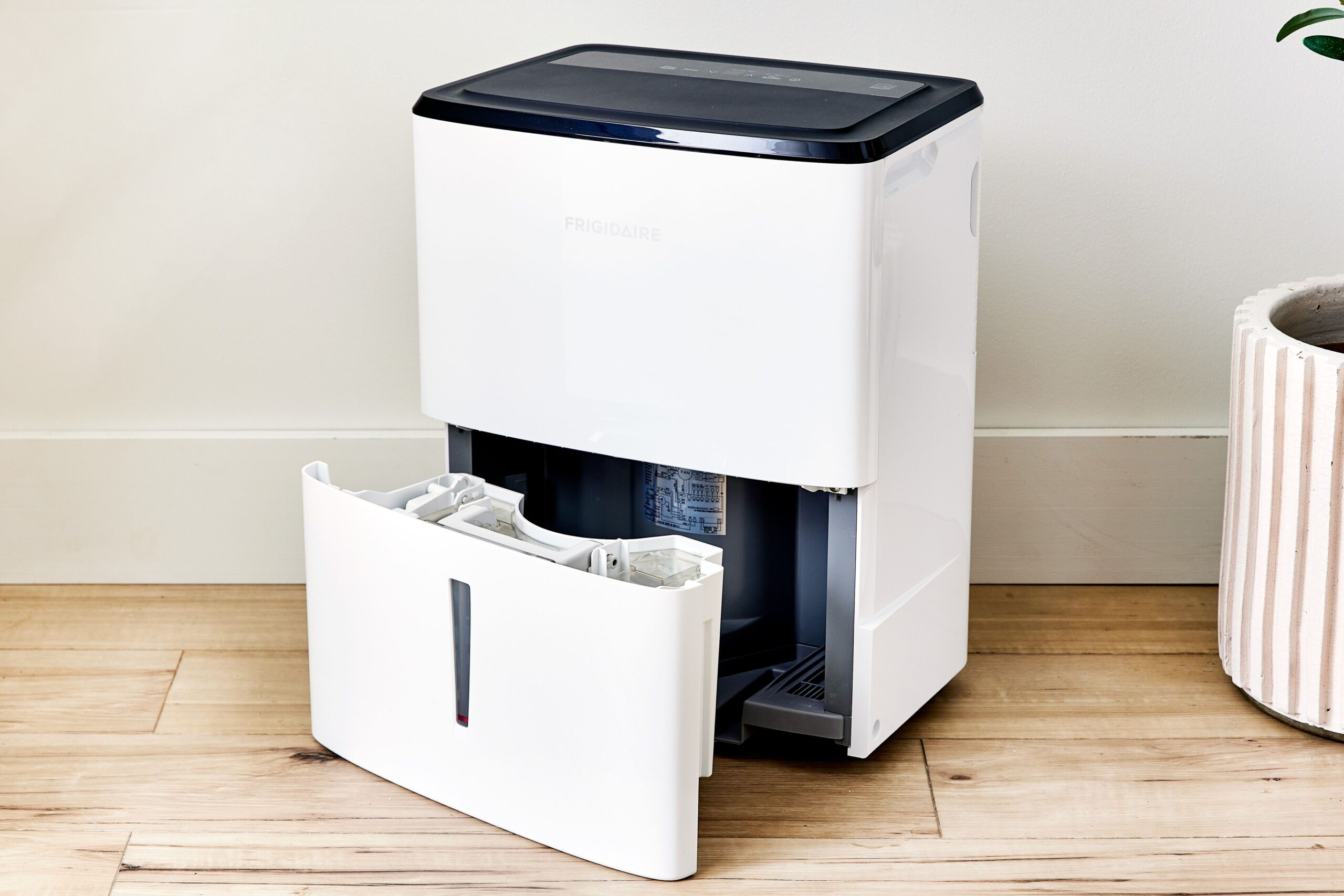What to do with solar panels when they reach the end of their life. Currently, only about 10% of solar panels in the United States are recycled. The vast majority end up in landfills, and with no federal mandate to guide their disposal, creating a truly circular clean energy economy is a complex task.
So, is it possible to recycle solar panels? The answer is a qualified and hopeful “yes,” though there is much work to be done. While some recycling facilities can successfully recover over 90% of the materials from a panel, the practice is far from standard. This guide delves into the current landscape of solar panel recycling, the challenges that hinder it, and the innovative solutions that are lighting the way toward a more sustainable future.

The Growing Demand for Solar Panel Recycling
The rapid growth of solar energy is creating an unavoidable wave of future waste. Projections indicate that the United States could be dealing with as much as one million tons of solar panel waste by the year 2030, underscoring the urgent need for robust recycling solutions.
Today, the recycling rate for solar panels hovers at a mere 10%. This means the other 90% are discarded, resulting in a significant loss of valuable resources that could otherwise be reclaimed. This low recovery rate persists despite our technical ability to retrieve most of a panel’s components. A primary obstacle is the lack of a federal framework for managing end-of-life solar panels, which complicates the establishment of a cohesive, nationwide recycling infrastructure.
How Are End-of-Life Solar Panels Recycled?
The recycling method varies depending on the panel’s technology. Silicon-based and thin-film panels are processed differently, but both methods aim to recover valuable materials through a combination of mechanical, thermal, and chemical steps.
Recycling Process for Silicon-Based Panels
The journey to recycle a standard silicon-based panel involves several key stages:
- Disassembly: The process starts with the manual separation of the aluminum frame and the junction box. The aluminum and attached cables are 100% recoverable.
- Glass Separation: Through a combination of thermal and mechanical treatments, approximately 95% of the panel’s glass is recovered.
- Thermal Processing: The panel is heated to 500°C in a specialized furnace. This high temperature causes the plastic and small electronic parts to evaporate, which allows for the separation of the silicon cells.
- Silicon and Metal Recovery: The silicon wafers are then etched away and melted down into reusable slabs, achieving an impressive 85% recycling rate for the silicon itself. The remaining metals are processed further for reuse.
Recycling Process for Thin-Film Panels
Thin-film panels, which are less common, require a different approach:
- Shredding: The panels are first shredded into fine particles, typically 4-5mm in size.
- Material Separation: A rotating screw mechanism is used to separate the solid and liquid components. The semiconductor metals are dissolved using acid, while the glass is isolated.
- Extraction and Purification: The metals are precipitated out of the acid solution and recovered. The glass fragments are thoroughly cleaned. This process successfully reclaims about 90% of the glass and 95% of the semiconductor materials.
Key Challenges in Solar Panel Recycling
Establishing an efficient and widespread recycling system for solar panels faces considerable economic, logistical, and regulatory hurdles.
- Economic Viability: Cost remains a major barrier. Recycling a single panel can cost between $20 and $30, whereas sending it to a landfill costs only $1 to $2. This stark price difference makes disposal the more financially appealing option for many.
- Complex Material Separation: Solar panels are constructed with tightly bonded layers of different materials. Separating the glass, silicon, metal, and polymers requires energy-intensive processes, such as heating to over 400°C or using advanced chemical treatments.
- Limited Infrastructure: The current recycling infrastructure is not equipped to handle the escalating volume of retired panels. The collection and transportation to the few existing specialized facilities are expensive, particularly given the dispersed nature of solar installations.
- Design and Regulatory Gaps: Historically, manufacturers have prioritized durability and cost over recyclability, making panels difficult to deconstruct. Furthermore, the U.S. operates without a federal law for solar panel reuse or end-of-life management, which prevents the development of a unified national strategy.

Current Regulations and End-of-Life Policies
With no federal mandate in place, a patchwork of state-level regulations dictates how solar panels are managed at the end of their life. States classify used panels differently, which directly affects recycling logistics.
- California has reclassified solar panels as “universal waste,” a designation that simplifies the transportation and recycling process compared to the more stringent “hazardous waste” classification.
- Illinois, Oklahoma, and Nebraska have also implemented rules for managing panels from large-scale solar farms.
Some panels contain toxic materials like lead or cadmium, which can classify them as hazardous waste under the Resource Conservation and Recovery Act (RCRA). This designation complicates disposal and raises recycling costs. In response, some industry leaders have created voluntary take-back programs, but these initiatives are not yet sufficient to address the scale of future solar waste.
The Future of Solar Panel Waste Management
Several key developments are poised to revolutionize solar panel recycling, making it more efficient, affordable, and accessible.
| Area of Development | Key Factor | Expected Impact |
|---|---|---|
| Policy | Product stewardship laws, universal waste rules | Increases manufacturer responsibility and simplifies logistics. |
| Technology | Advanced processing, design-for-recycling | Improves material purity, lowers costs, and makes panels easier to disassemble. |
| Infrastructure | Construction of specialized recycling plants | Increases processing capacity and makes recycling more accessible. |
| Economics | Rising value of recovered materials (silver, copper) | Enhances the profitability and economic attractiveness of recycling. |
Conclusion
The solar industry has reached a critical juncture. Although the challenge of panel waste is substantial, viable solutions are on the horizon. The path forward demands a unified effort from manufacturers, policymakers, and consumers to champion supportive regulations, drive technological innovation, and embrace a shared commitment to a circular economy.
By constructing a robust recycling infrastructure today, we can ensure that the clean energy we generate now does not become an environmental liability for future generations.
Frequently Asked Questions (FAQ)
1. What should I do with my old solar panels? Start by contacting the company that installed your panels. Many offer take-back services or can guide you to a certified e-waste recycling facility. You can also search for recyclers certified by standards like SERI’s R2 or e-Stewards. Avoid landfills, as panels contain valuable materials that ought to be recovered.
2. Are solar panels actually recyclable? Yes. Specialized facilities have the technology to recover up to 90% of a panel’s components, including glass, aluminum, silicon, copper, and silver. However, due to high costs and limited infrastructure, the current recycling rate in the U.S. is only around 10%.
3. Why aren’t more solar panels being recycled? The primary reasons are economic and logistical. It is significantly more expensive to recycle a panel ($20-$30) than to dispose of it in a landfill ($1-$2). Additionally, the intricate construction of panels makes separating the materials challenging, and there aren’t enough recycling facilities to manage the increasing volume.
4. Are there laws for recycling solar panels? In the United States, there is no federal law mandating solar panel recycling. The regulatory landscape is a mix of different state-level rules, which makes creating a streamlined, nationwide system difficult.
5. What is the outlook for solar panel recycling? The future is bright. New laws are anticipated to place more responsibility on manufacturers for their products’ entire lifecycle. Technological advancements are making the recycling process more efficient and cost-effective. As the market value of recovered materials like silver and copper rises, recycling will become more economically viable, encouraging the expansion of the necessary infrastructure.





